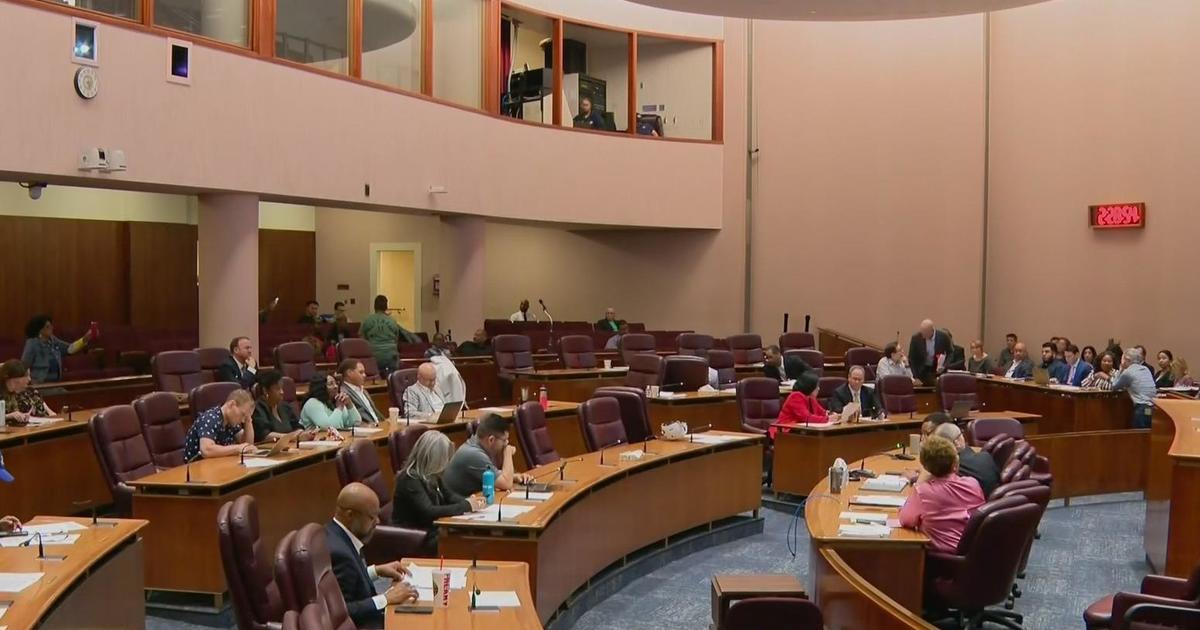Are Prescription Drugs Covered Under My Health Insurance?
Health insurance policies offered through the state insurance exchanges, most job-based health plans, and public plans such as Medicaid and TRICARE include coverage for prescription medications. Most likely, your health plan is in one of these groups. Effective January 1, 2014, health insurance policies must cover 10 essential health benefits. These benefits include prescription drug coverage. There are exceptions.
Grandfathered plans
The law gives grandfathered status to policies that were issued prior to March 23, 2010 when the Affordable Care Act (ACA) was signed into law by President Obama. These policies, which are not required to include prescription drug coverage, may be continued provided the insurer makes no major changes to the plan or its cost.
A policy change announced by the President on November 14, 2013 extended grandfathered status to policies issued between March 2010 and January 1, 2014. Current regulations allow these non-compliant plans to remain in force through September 2016. If your health plan is a grandfathered plan, it may not cover all the essential health benefits, including prescription drug coverage. Your policy documents will list what is and is not covered. You may also call your insurer to determine if your policy covers prescription drugs.
Finding a health plan with prescription drug coverage
If your health plan does not include coverage for prescription drugs, it is a sub-standard plan and you are eligible to apply for health insurance through your state's insurance exchange. You can access the exchange through Healthcare.gov.
All plans sold on the exchange are Qualified Health Plans (QHPs), which cover a comprehensive package of benefits including prescription drugs. If you currently have a plan with minimal coverages, a QHP may be more expensive than what you are now paying. If your annual income is between 138 and 400 percent of the Federal Poverty Level, you may be eligible for tax credits and cost-sharing reductions (reductions in required co-pays, co-insurance and deductibles.)
What drugs are covered?
Each state has selected a benchmark plan to serve as a basis for prescription drug requirements in plans offered on the state's exchange. The benchmark plan establishes how many choices a policyholder must have in each class and category of prescription drugs. For example, New York State requires all plans in the New York State of Health exchange offer at least five different drugs in the mood stabilizer class under the bipolar agents category.
Each plan will have its own formulary, which is a list of drugs it will cover. Most insurance companies provide their formulary list on their websites. Plans must have a procedure in place for enrollees to request a necessary drug be covered if it is not in the formulary.
Out-of-pocket costs for prescriptions
Co-payments and deductibles generally vary based on the tier level of a prescribed drug. Generic drugs generally have lower co-payments than brand name drugs and drugs classified by the insurer as non-preferred.
Gillian Burdett is a freelance writer covering all things home and living. Her work can be found on Examiner.com.



